In the bustling cacophony of our modern world, where the pace of life seems to accelerate with each passing day, there exists a timeless wisdom—a secret to longevity that defies the conventional notion of strenuous workouts and intense fitness regimens. It’s a concept deeply ingrained in the daily lives of the world’s longest-living communities, and it goes by a simple yet profound name: natural movement.
Bridging Time and Space: The Natural Movement Connection
As we embark on this enlightening journey, we’re about to unravel a fascinating connection—a thread that links distant corners of the globe and bridges generations. It’s a connection that unites communities as disparate as Okinawa, Japan, and Sardinia, Italy, with the common thread of remarkable longevity. While their diets and lifestyles differ, they share a common practice—the incorporation of natural movement into their daily routines. This shared principle has been a well-kept secret behind their extraordinary health and vitality.
Discovering the Path to Longevity
This article is your passport to discover the profound yet simple wisdom of these exceptional communities. We’ll delve into the heart of natural movement, exploring what it is, why it’s essential, and how you can weave it into the fabric of your daily life. Through the stories and practices of these long-living communities, we’ll unearth the treasures of movement, uncover the physical and mental health benefits it offers, and chart a course towards a life of longevity, vitality, and well-being. So, step into the world of natural movement, where every step you take is a stride towards a longer, healthier life.

The Quest for Longevity
A Global Fascination
In a world where time is often measured in fleeting moments, the pursuit of a longer, healthier life remains a universal dream. People worldwide are captivated by the concept of longevity, seeking the elixir that promises not just added years, but vibrant, fulfilling decades.
Communities of Remarkable Longevity
Amid this collective yearning for a longer life, certain corners of the world stand out as beacons of hope and inspiration. Places like Okinawa in Japan, the Greek island of Ikaria, and Sardinia in Italy are celebrated for their unusually high numbers of centenarians and remarkably healthy elders. These communities have become a focal point for researchers and health enthusiasts, offering intriguing insights into the enigma of longevity.
Embracing Natural Movement
As we delve deeper into the lifestyles of these long-living communities, one key ingredient stands out—a vital secret that appears woven into the very fabric of their existence. It’s the concept of natural movement, a practice as simple as it is profound. While diets vary, and cultures diverge, these communities share a common bond—the art of moving naturally. This revelation prompts a question: Could the secret to their extraordinary longevity be rooted in the simple yet powerful act of embracing natural movement in their everyday lives? In our quest for the elixir of life, we turn our gaze toward this unassuming but compelling practice, eager to uncover its mysteries and harness its potential.
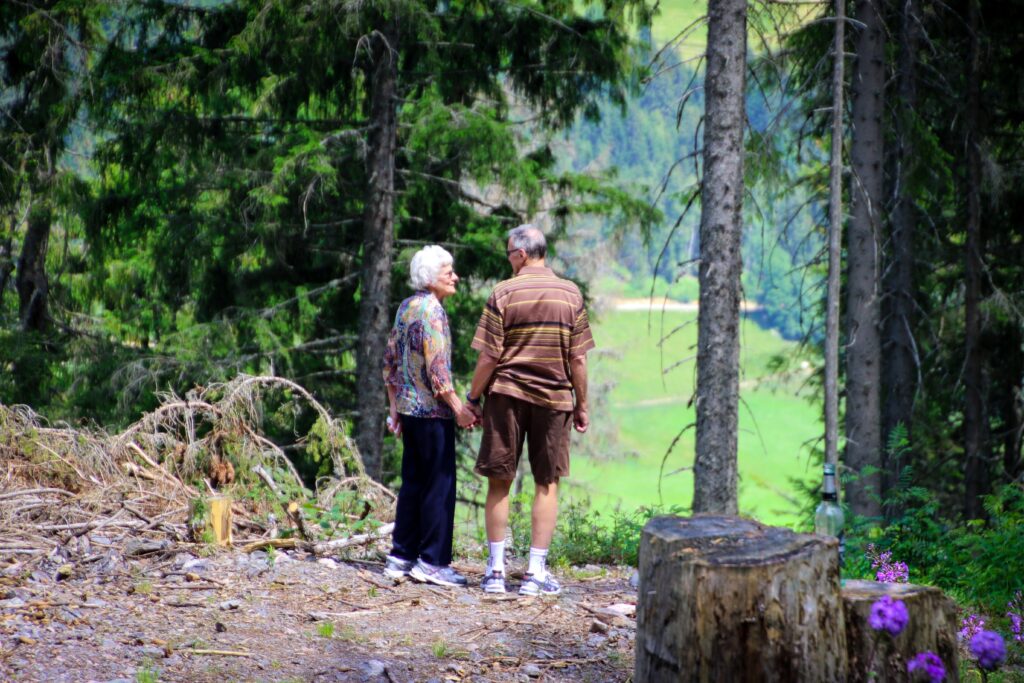
Exploring Natural Movement
Defining Natural Movement
At the heart of these long-living communities lies a concept that transcends the confines of gym memberships and structured fitness routines—natural movement. Simply put, natural movement refers to the instinctual, varied ways our bodies are designed to move in daily life. It encompasses activities like walking, bending, stretching, and carrying out chores or tasks without the constraints of modern conveniences. In essence, it’s the movement that occurs naturally through our day-to-day activities.
Prioritizing Movement in Daily Life
For the world’s longest-living communities, natural movement isn’t an added task or a scheduled workout; it’s woven seamlessly into the fabric of daily existence. Rather than being relegated to the category of “exercise,” it’s an inherent part of life itself. From tending to gardens and walking substantial distances to hand-washing clothes and kneading dough for traditional bread, these communities exemplify how movement can become an integral aspect of one’s routine.
The Physical and Mental Health Benefits
This devotion to natural movement reaps an array of physical and mental health rewards. It goes beyond the aesthetics of a lean physique, touching every facet of well-being. Physical benefits range from enhanced cardiovascular health and improved bone density to increased muscle strength and flexibility. Additionally, natural movement contributes to better posture, balance, and coordination, which are vital as individuals age.
However, the influence of natural movement isn’t confined to the physical realm. These communities also enjoy the mental and emotional benefits of being in constant motion. Regular movement is associated with reduced stress, improved mood, and heightened cognitive function. It’s a reminder that a life in motion isn’t just about adding years to your existence but about adding vitality to each year. As we continue our exploration, we’ll delve deeper into the tangible ways these communities infuse natural movement into their daily lives and the astonishing impact it has on their longevity and well-being.
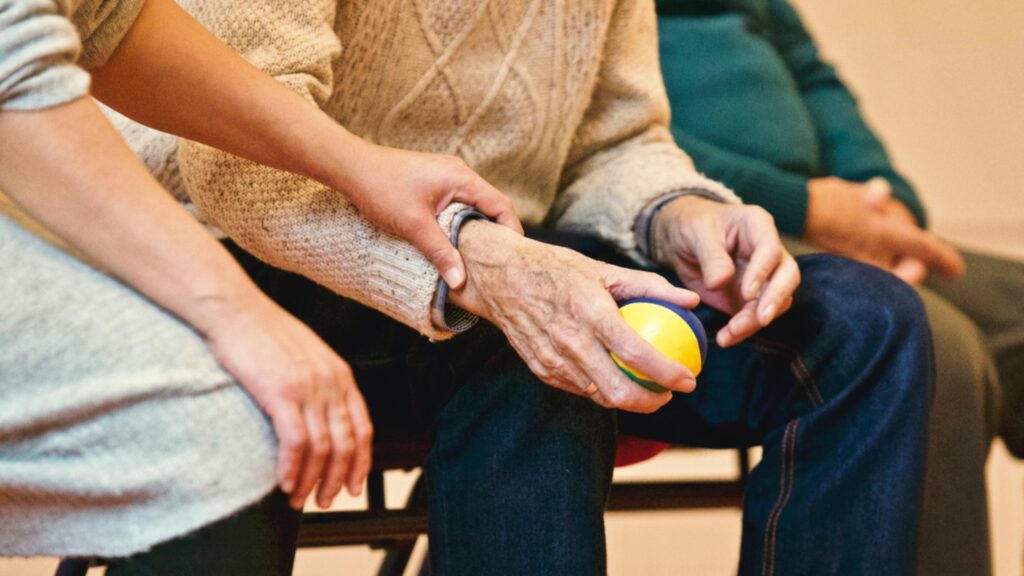
Lessons from the Blue Zones
Exploring the Blue Zones
Venturing into the pursuit of long life, we inevitably encounter the Blue Zones—a collection of regions globally renowned for their extraordinary longevity rates. These five distinct geographic areas scattered across the world hold the secrets to healthier, more vibrant living. Among them, the island of Okinawa in Japan, the mountainous terrain of Sardinia, Italy, and the Nicoya Peninsula in Costa Rica stand out. While these Blue Zones differ in culture, diet, and lifestyle, they share a common thread: an unwavering commitment to natural movement.
Delving into Natural Movement Practices
Let’s embark on a journey to these regions, uncovering the natural movement practices embedded in their everyday lives.
Okinawa, Japan: In Okinawa, long-living residents engage in regular, gentle exercises like tai chi, which focus on fluid movements and deep breathing. Additionally, their daily routine involves activities such as tending to their gardens, practicing traditional dances, and walking extensively. These natural movements not only keep their bodies agile but also nurture their spirits.
Sardinia, Italy: Sardinia’s mountainous landscape necessitates constant physical effort. Residents here are known for walking up steep inclines, herding animals, and farming terraced lands. These pursuits demand strength, stamina, and balance, naturally incorporating exercise into daily life.
Real-Life Examples of Natural Movement
The stories from these Blue Zones breathe life into the concept of natural movement. Consider Don Luis, a sprightly centenarian from Nicoya, Costa Rica, who tends to his farm daily. His routine includes activities like planting, harvesting, and raising animals, keeping him agile and full of life.
In Okinawa, meet Yuriko, an 88-year-old who begins her day with tai chi by the beach. Her graceful movements mirror her joyful spirit, proving that natural movement is as much a mental practice as it is physical.
Sardinia introduces us to Nonna Maria, who, at 100 years old, navigates the rugged terrain with ease. Her frequent hikes and herding activities have not only sustained her strength but have also connected her deeply to her surroundings.
These real-life examples underscore the profound impact of natural movement on longevity and well-being. As we glean insights from these remarkable communities, we’ll uncover practical ways to embrace natural movement in our own lives and unlock the potential for a healthier, more active future.
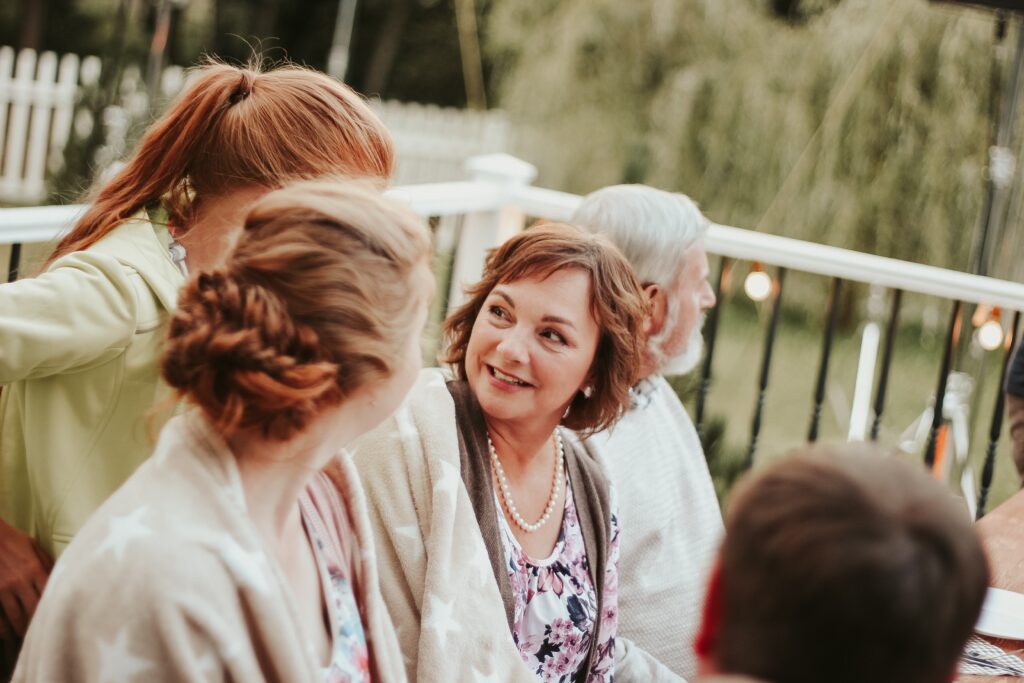
Cultural Influences on Movement
The Role of Culture in Promoting Natural Movement
In our exploration of the Blue Zones and their remarkable longevity, one undeniable factor emerges—the profound impact of culture on promoting natural movement. Culture, in its various forms, becomes a driving force behind the physical activity that sustains these communities.
Highlighting Cultural Practices
Take a closer look at these regions, and you’ll discover a treasure trove of cultural practices, rituals, and traditions that seamlessly incorporate regular physical activity.
Okinawa, Japan: Here, culture places a high value on maintaining harmony between individuals and their environment. This philosophy, known as “yuugure no machi,” or the evening village, encourages leisurely strolls and time spent in nature. The Ryukyuan dance, a traditional art form, is a lively celebration of movement and storytelling, often performed by the elderly. These customs fuse physical activity with the preservation of cultural heritage.
Sardinia, Italy: The Sardinian culture places great importance on community and togetherness. Traditional festivals, like the “Cortes Apertas” or open courtyards, involve walking from one village to another to partake in local customs and cuisine. The emphasis on social bonding through shared physical experiences fuels regular movement.
The Synergy Between Cultural Values and Movement
What makes these cultural practices especially potent is the synergy between cultural values and movement. In these regions, physical activity is not seen as a separate chore but as an integral part of their way of life. It’s a celebration of their culture, an expression of their values, and a bridge to connect with their communities.
Cultural norms dictate that elders continue to contribute actively to their societies, and this active involvement keeps them engaged and agile. Movement isn’t a duty but a source of joy and fulfillment, deeply intertwined with their sense of identity and belonging.
As we delve deeper into the influence of culture on natural movement, we’ll draw inspiration from these extraordinary communities. By recognizing the impact of culture on our own lives, we can begin to weave physical activity into our daily routines, imbuing it with meaning, purpose, and a profound connection to our values and heritage.
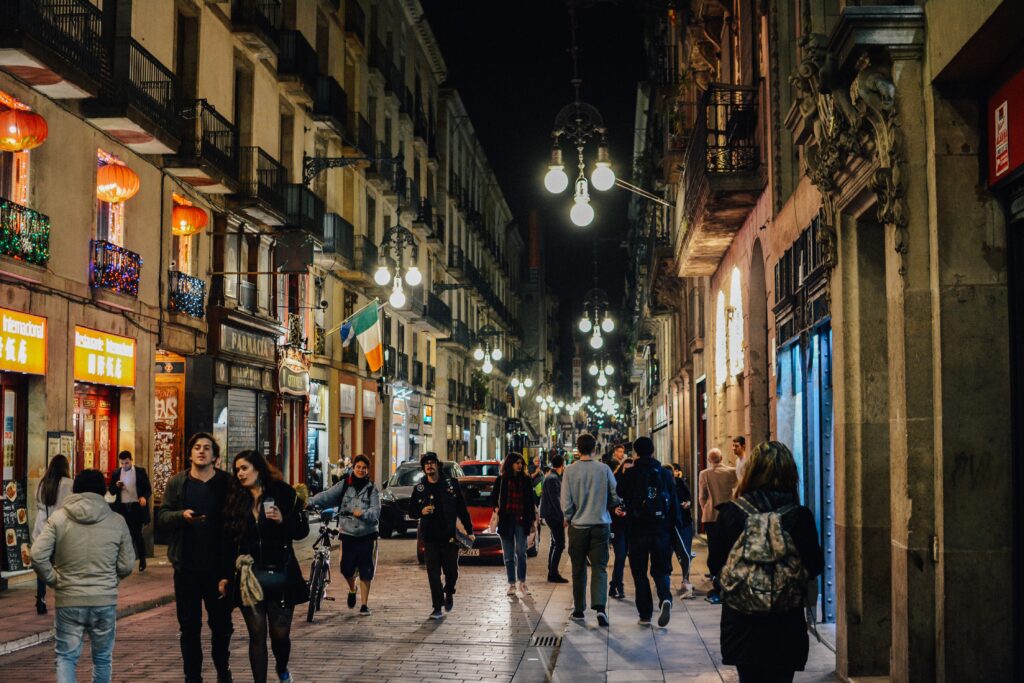
Urban vs. Rural Lifestyles
Contrasting Urban and Rural Environments Regarding Natural Movement
While we’ve explored the organic connection between natural movement and longevity in the world’s longest-living communities, it’s essential to acknowledge the unique challenges that urban environments pose. Urban life often leans towards sedentary routines, with office jobs, public transportation, and modern conveniences that minimize natural movement.
Embracing Natural Movement in the Urban Jungle
But here’s the good news: You don’t need to reside in a rural haven to incorporate natural movement into your life. City dwellers, despite their bustling environments, can infuse their daily routines with this essential aspect of health.
Tips and Strategies for Urbanites
Active Commuting: If you live relatively close to your workplace, consider walking or cycling. Public transportation users can get off a stop earlier and walk the remaining distance.
Stairs Over Elevators: Elevators may be tempting, but opt for the stairs whenever possible. It’s an easy way to squeeze in extra steps.
Walking Meetings: Suggest walking meetings to your colleagues. This not only encourages natural movement but can also stimulate creative discussions.
Lunch Break Rituals: Use your lunch break as an opportunity for natural movement. Take a stroll in a nearby park or practice gentle stretches.
Urban Parks and Trails: Many cities offer green spaces and walking trails. Make the most of these resources by incorporating them into your weekend activities.
Fitness Classes: Urban areas usually have a wide array of fitness classes and sports clubs. Find a class that interests you, whether it’s dance, yoga, or martial arts.
Community Involvement: Engage in community activities and volunteer work that require physical effort. Urban gardening, park clean-ups, and charity runs are excellent choices.
Urban life offers its unique set of challenges, but it also provides numerous opportunities for natural movement. By making small, intentional changes to your daily routine, you can bridge the gap between city living and a life rich in physical activity. Embrace the spirit of movement in the urban jungle and take strides toward a healthier, more vibrant you.
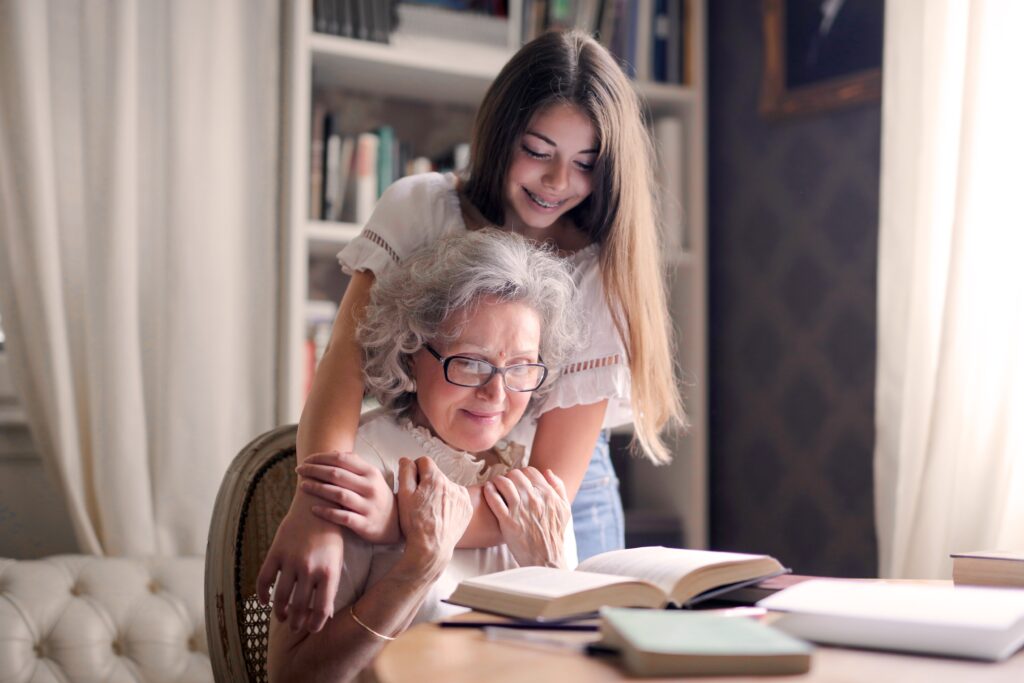
The Psychology of Natural Movement
Examining the Psychological Aspects of Natural Movement
The influence of natural movement extends beyond physical health; it profoundly affects our psychological well-being. Let’s delve into the fascinating realm of how movement impacts the mind.
Stress Reduction and Enhanced Mood
One of the most notable psychological benefits of natural movement is its ability to reduce stress and boost mood. Regular physical activity stimulates the release of endorphins, those wonderful “feel-good” chemicals in the brain. These endorphins act as natural painkillers and mood elevators, promoting an overall sense of well-being. Whether it’s a brisk walk, dancing, or gardening, these activities offer a gentle reprieve from the stresses of modern life.
Cognitive Benefits
But that’s not all. Engaging in natural movement has been linked to cognitive benefits as well. Exercise promotes better blood flow to the brain, improving cognitive functions like memory and creativity. It’s like a mental refresh button, enhancing your ability to think, learn, and problem-solve.
Sustaining a Sense of Purpose and Community
Natural movement isn’t solely about the individual; it fosters a sense of purpose and community. Participating in group activities or communal efforts, like community gardening or volunteering for a local charity run, creates bonds with others who share your passion for movement. This sense of belonging and shared purpose can be profoundly fulfilling and contribute to overall life satisfaction.
Moreover, when you’re in motion, you’re often part of a larger ecosystem—a city park, a hiking trail, a dance class. You become a thread in the fabric of your community, connecting with others who value the same spaces and activities. This sense of connection reinforces the idea that movement isn’t just about physical health; it’s about nurturing your mental and emotional well-being and creating a deeper connection with the world around you.
Understanding the psychological aspects of natural movement underscores its significance in our lives. It’s not merely about physical fitness; it’s about cultivating a resilient, joyful mind. As we continue our exploration of how the world’s longest-living communities embrace natural movement, remember that you’re not only enhancing your body but also nurturing your spirit.
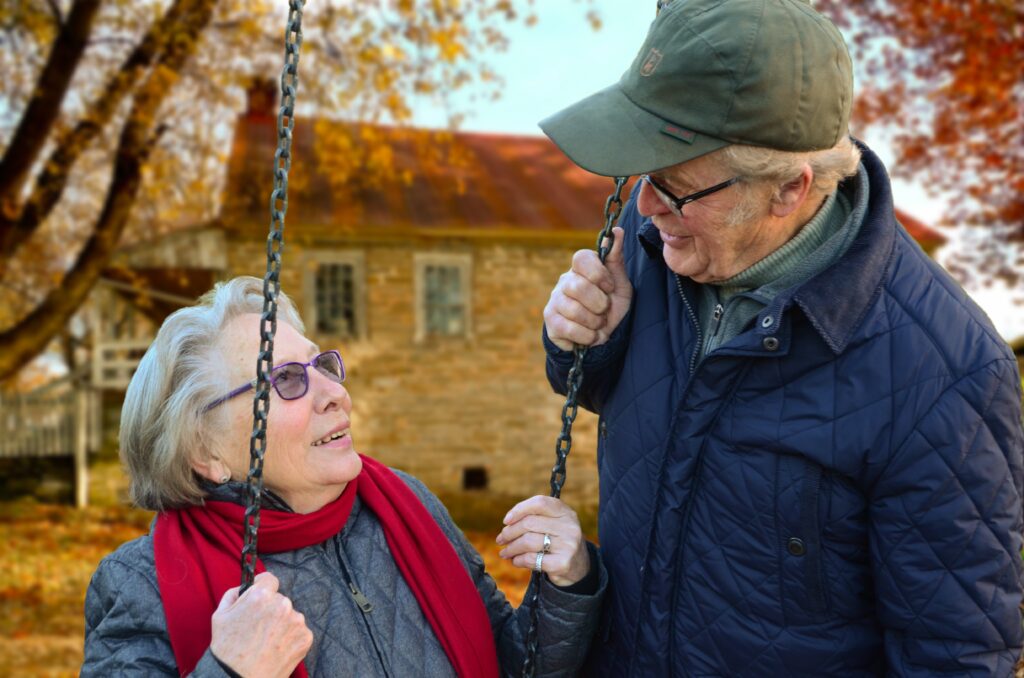
Practical Steps to Embrace Natural Movement
Incorporating more natural movement into your daily life is within your grasp. Let’s explore actionable steps inspired by the world’s longest-living communities.
1. Start Your Day with a Walk: Begin each morning with a refreshing walk. It could be a leisurely stroll in your neighborhood or a brisk walk in a nearby park. This gentle form of exercise wakes up your muscles, clears your mind, and sets a positive tone for the day.
2. The Standing Desk Solution: If you work from home or in an office, consider using a standing desk or creating a sit-stand workstation. Alternating between sitting and standing keeps your body active and helps prevent the stiffness that can come from prolonged sitting.
3. Discover the Joy of Gardening: Gardening isn’t just about nurturing plants; it’s also a delightful way to nurture your body. Spending time tending to your garden engages a variety of muscles and provides a sense of accomplishment.
4. Active Commuting: Whenever possible, opt for active commuting. Walk or bike to work if the distance allows. If you rely on public transportation, consider getting off a stop early and walking the rest of the way. It’s a simple and effective way to integrate natural movement into your day.
5. Dance Like Nobody’s Watching: Whether you’re a seasoned dancer or a complete novice, dancing is an enjoyable way to move naturally. Put on your favorite music and dance around your living room, or join a dance class to meet new people while getting your body in motion.
6. Make Fitness a Family Affair: Encourage your family to embrace active pastimes. Play sports together, embark on family hikes, or even have dance parties in the living room. These activities not only keep everyone active but also strengthen family bonds.
7. Conquer the Stairs: Whenever you encounter a choice between stairs and elevators, choose the stairs. Climbing stairs offers an excellent cardiovascular workout and engages the muscles in your legs.
8. Cultivate Active Hobbies: Explore hobbies that involve movement. Gardening, hiking, swimming, or even birdwatching can be enjoyable ways to stay active while doing something you love.
9. Join Group Fitness Classes: Group fitness classes are fantastic for social interaction and physical activity. Try out classes like yoga, Zumba, or spin, and share the experience with friends or make new ones.
10. Volunteer for Physical Tasks: Seek out volunteer opportunities in your community that involve physical tasks. Whether it’s helping with a charity run, participating in a park cleanup, or volunteering at a local farm, you’ll be contributing to a cause while staying active.
11. Set Measurable Goals: Begin with achievable goals for daily or weekly movement. For example, aim for a certain number of daily steps, commit to a specific number of weekly workouts, or track minutes of active time. Setting goals gives you direction and motivation.
12. Leverage Fitness Apps and Devices: Modern technology offers a wealth of fitness apps and devices to help you monitor and enhance your activity levels. Experiment with a fitness tracker or use smartphone apps to track your progress and receive reminders.
13. Celebrate Your Achievements: Lastly, celebrate your achievements, no matter how small they may seem. Acknowledging your efforts is essential for staying motivated and committed to your journey toward more natural movement.
Remember, the key to success is to start small and gradually build up your natural movement practices. Choose a few of these steps that resonate with you and gradually incorporate them into your daily routine. Over time, these habits will become second nature, and you’ll enjoy the physical and mental benefits of increased natural movement.
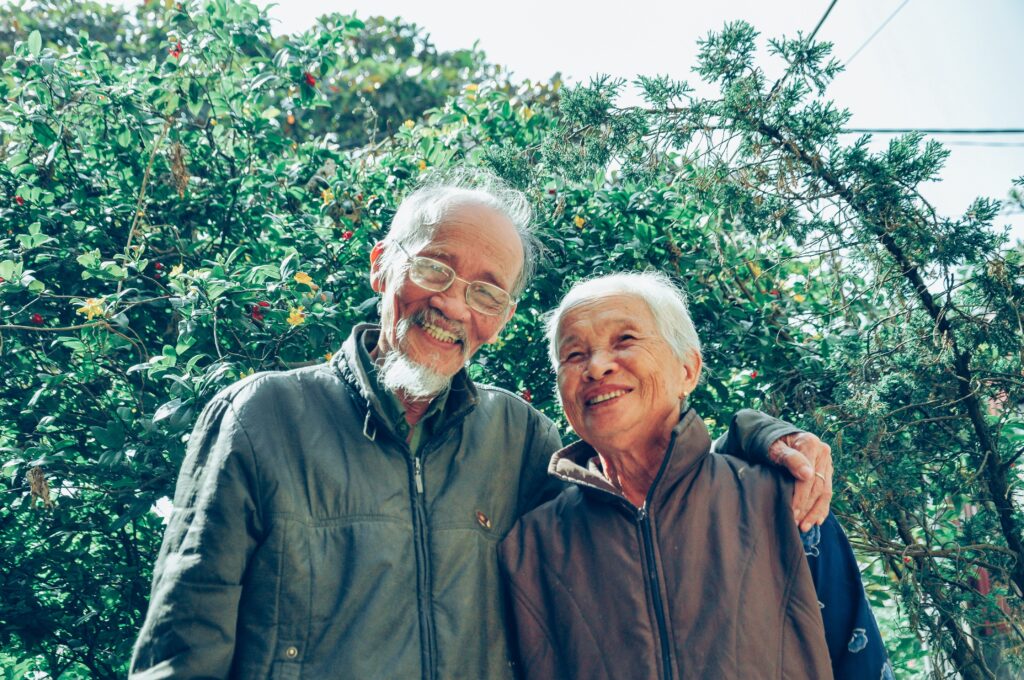
Embracing Natural Movement: Your Path to Longevity and Well-Being
As we wrap up our exploration of natural movement and its profound connection to the world’s longest-living communities, let’s recap the essential takeaways.
Movement is Life:
The communities known for their exceptional longevity have a secret, and it’s not found in a pill or a fountain of youth. It’s their unwavering commitment to natural movement. Whether it’s Okinawa’s daily Tai Chi, Sardinia’s hillside treks, or the Nikoya Peninsula’s active fishing and farming, these communities prioritize physical activity as an integral part of their daily lives.
Physical and Mental Well-being:
Embracing natural movement isn’t just about living longer; it’s about living better. The health benefits are multifaceted, from improved cardiovascular health and strengthened muscles to reduced stress and enhanced cognitive function. These communities enjoy not only physical vitality but also mental clarity and emotional well-being.
Your Journey Towards Longevity:
The wisdom of these communities is a roadmap for all of us. Natural movement isn’t reserved for a select few—it’s a birthright for everyone. We can all incorporate these practices into our daily routines, whether it’s a morning walk, dancing in the living room, or gardening on the weekends.
So, here’s your invitation: embark on your own journey towards a longer, healthier life through natural movement. It’s not about extreme workouts or rigid routines; it’s about rediscovering the joy of simply moving. The path to longevity begins with a single step, a dance, a stretch, or a hike. The choice is yours, and the benefits are immeasurable. The world’s healthiest communities have shown us the way; now, it’s your turn to take that first step towards a healthier, more vibrant future.
Related posts
3 Comments
Leave a Reply Cancel reply
the art of doing your best
-Baba


I loved you better than you would ever be able to express here. The picture is beautiful, and your wording is elegant; nonetheless, you read it in a short amount of time. I believe that you ought to give it another shot in the near future. If you make sure that this trek is safe, I will most likely try to do that again and again.
Fantastic website with a wealth of knowledge. I’m sharing it on Delicious and forwarding it to a few pals. Naturally, I value your work.
Here, I’ve read some really great content. It’s definitely worth bookmarking for future visits. I’m curious about the amount of work you put into creating such a top-notch educational website.